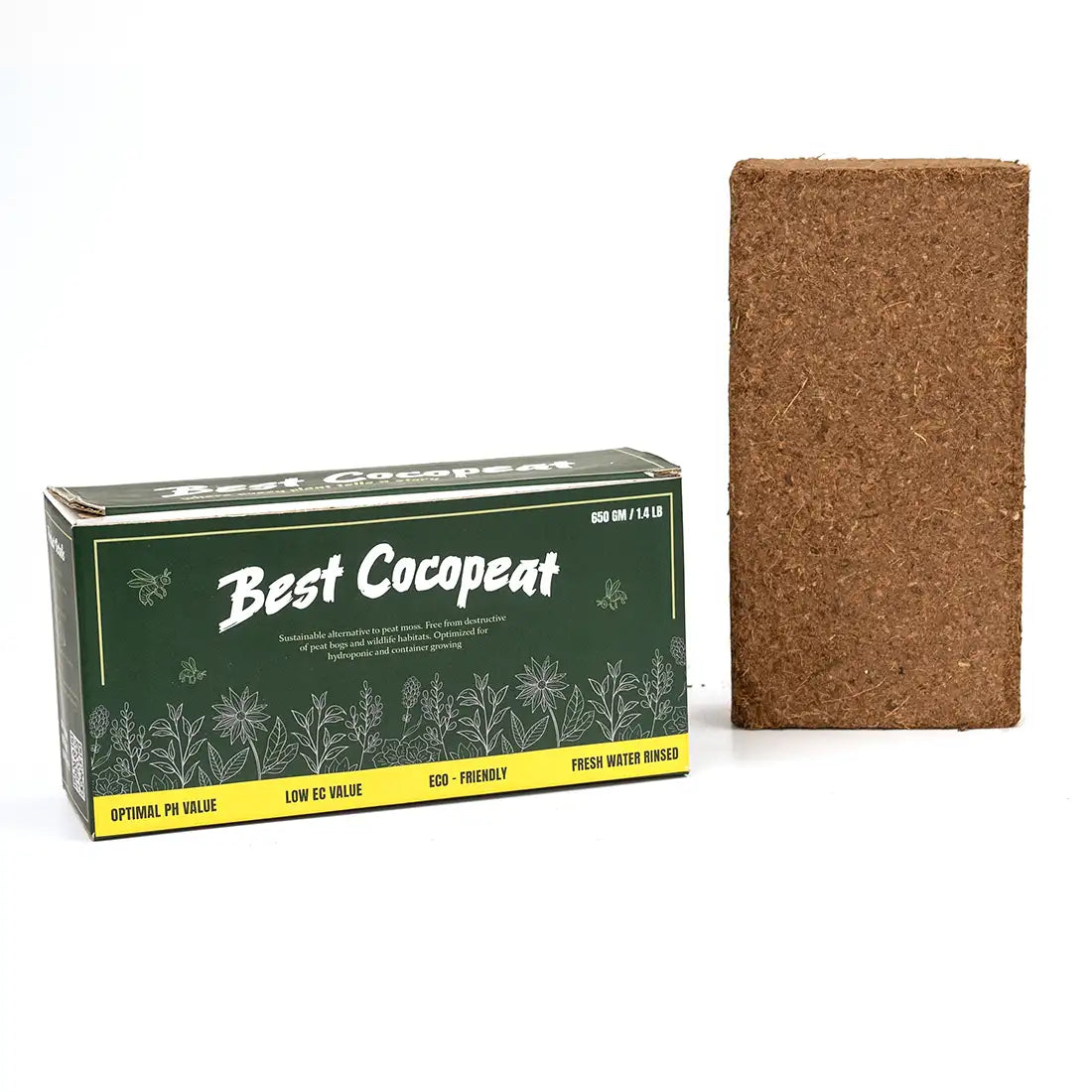Tomatoes are one of the most popular garden crops, known for their versatility and delicious flavor. However, growing them can sometimes be a slow process. Whether you're a seasoned gardener or a novice, these techniques can help you accelerate tomato growth, leading to a quicker and more productive harvest.
1. Choose the Right Variety
The first step in speeding up tomato growth is selecting fast-maturing varieties. Some tomato cultivars are bred specifically for shorter growing seasons, such as:
-
Cherry Tomatoes (e.g., ‘Sun Gold’ or ‘Sweet 100’) – These often mature in as little as 50-60 days.
-
Early Determinate Varieties (e.g., ‘Early Girl’ or ‘Bush Beefsteak’) – These typically produce fruit within 50-70 days.
By choosing early-ripening types, you give yourself a head start on the growing season.
2. Start Indoors Early
If you're in a region with a short growing season, starting seeds indoors 6-8 weeks before the last expected frost can significantly boost growth. When transplanting, the seedlings will already be established, giving them a head start. Ensure they receive at least 14-16 hours of light per day using grow lights if necessary.
3. Optimize Soil Health
Tomatoes thrive in nutrient-rich, well-drained soil. To ensure optimal growth:
-
Soil Preparation: Before planting, enrich the soil with organic matter like compost or well-rotted manure. This improves the soil's structure and provides essential nutrients.
-
pH Level: Tomatoes prefer a slightly acidic pH level of around 6.0-6.8. Test your soil and amend it with lime if it's too acidic or sulfur if it's too alkaline.
4. Transplant Deeply

When transplanting, bury tomato plants deeper than they were in the seedling tray, up to the first set of leaves. Tomatoes can form roots along the buried stem, creating a stronger, more extensive root system that supports faster growth.
5. Use Warm Soil and Mulch Wisely

Tomatoes prefer warm soil temperatures, ideally around 70-85°F (21-29°C). To warm the soil faster:
-
Black Plastic Mulch: This absorbs heat and raises the soil temperature, promoting quicker root development.
-
Organic Mulch: Once the plants are established, switch to organic mulch like straw or grass clippings to retain moisture and control soil temperature.
6. Water Consistently but Avoid Overwatering
Tomatoes need consistent watering, especially during their early growth stages, to establish strong roots. However, overwatering can lead to root rot and other diseases.
- Water deeply at the base of the plants 1-2 times a week, adjusting for rainfall.
- Drip irrigation or soaker hoses are ideal for delivering water directly to the roots, minimizing fungal issues that arise from overhead watering.
7. Feed Your Plants Regularly
Tomatoes are heavy feeders. To promote faster growth, fertilize them regularly:
-
Balanced Fertilizer: Use a balanced fertilizer (e.g., 10-10-10) when planting, then switch to a formula higher in phosphorus (e.g., 5-10-5) once flowers appear to boost fruit development.
-
Organic Options: Consider using compost tea, fish emulsion, or liquid seaweed as organic alternatives that provide essential nutrients for rapid growth.
8. Prune and Train Your Plants
Proper pruning and support systems can accelerate tomato growth:
-
Remove Suckers: These small shoots grow between the main stem and branches and, if left, can divert energy away from fruit production. Pinch them off early to direct energy to the main plant.
-
Staking or Caging: Support plants with stakes, cages, or trellises. This keeps plants upright, promotes airflow, and ensures they receive maximum sunlight, all of which are crucial for faster growth.
9. Provide Adequate Sunlight
Tomatoes are sun-loving plants and need at least 6-8 hours of direct sunlight daily. If your garden doesn't get enough sunlight, consider:
-
Relocating the Garden: Choose the sunniest spot available.
-
Reflective Surfaces: Place reflective materials like aluminum foil around the base of plants to direct more light to them.
10. Control Pests and Diseases Early

Pests like aphids, whiteflies, and tomato hornworms, as well as diseases such as blight, can stunt tomato growth. Preventive measures include:
-
Crop Rotation: Avoid planting tomatoes in the same spot each year to reduce disease risk.
-
Companion Planting: Grow herbs like basil, marigold, or nasturtium nearby to repel pests naturally.
-
Organic Pesticides: Use neem oil or insecticidal soap to control early infestations without harming beneficial insects.
11. Use Row Covers or Greenhouses in Cool Regions
If you're in a cooler climate, row covers or small greenhouse setups can help extend the growing season and boost temperatures, leading to quicker growth. These protect young plants from frost while allowing sunlight and warmth to accelerate growth.
Conclusion
Growing tomatoes faster involves a combination of selecting the right varieties, optimizing growing conditions, and proper care throughout the plant's life cycle. By implementing these tips, you can maximize growth rates, leading to earlier and more abundant harvests. Remember, while these strategies provide a strong foundation, local conditions and climates play a significant role, so adjust your practices as needed for your specific region.
 When transplanting, bury tomato plants deeper than they were in the seedling tray, up to the first set of leaves. Tomatoes can form roots along the buried stem, creating a stronger, more extensive root system that supports faster growth.
When transplanting, bury tomato plants deeper than they were in the seedling tray, up to the first set of leaves. Tomatoes can form roots along the buried stem, creating a stronger, more extensive root system that supports faster growth. Pests like aphids, whiteflies, and tomato hornworms, as well as diseases such as blight, can stunt tomato growth. Preventive measures include:
Pests like aphids, whiteflies, and tomato hornworms, as well as diseases such as blight, can stunt tomato growth. Preventive measures include:



















